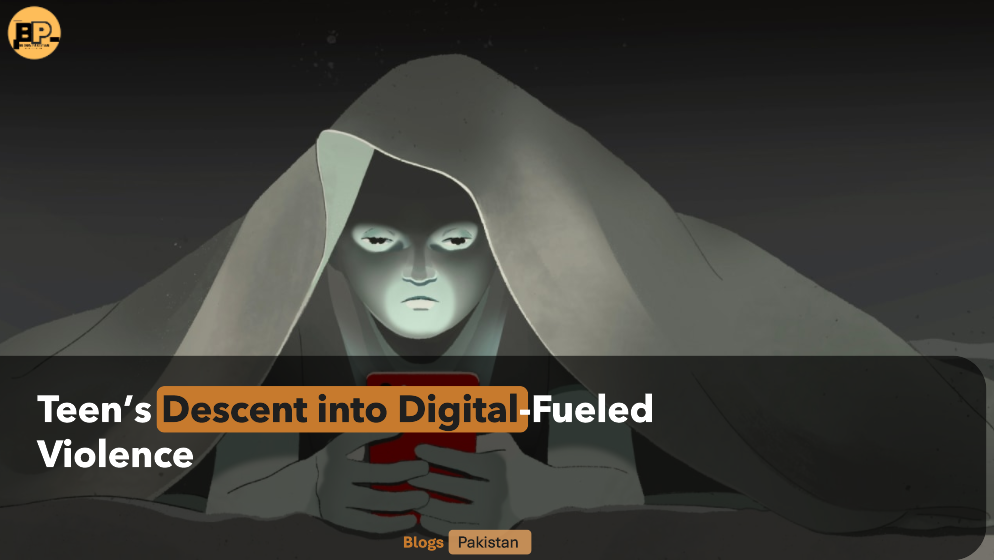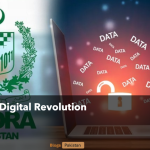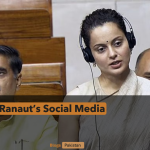Digital Danger: The quiet neighborhood of Hazara Town in Quetta became the epicenter of a national shockwave when 7-year-old Arman Ali’s burnt body was discovered in an empty plot. What unraveled next exposed a terrifying modern reality—how exposure to violent media can twist adolescent minds into committing unthinkable acts.
Anatomy of a Digital-Age Tragedy
The Day Innocence Died
On a seemingly ordinary afternoon, Arman was flying kites—a beloved Pakistani pastime—when 15-year-old Mushtaq Hussain approached him. Police reports detail a calculated predator-prey dynamic:
- The Lure: Mushtaq offered juice to gain trust
- The Trap: Led victim to isolated location under false pretenses
- The Brutality: Used hammer/knife combo for maximum violence
- The Cover-Up: Petrol-doused body set aflame to destroy evidence
![Split-screen image: Crime series scene vs. real-life grieving family]
Alt Text: Contrast between fictional violence and real-world consequences
Digital Fingerprints on a Real-World Crime
During interrogation, Mushtaq chillingly described his inspiration:
- Binge-Watched Crime Dramas: Studied murder techniques from shows
- Violent Mobile Games: Practiced “stealth attacks” through gaming
- Social Media Challenges: Engaged with dark web-esque content
“He reenacted scenes like playing a video game,” revealed lead investigator SSP Tariq Javed.
The Psychology Behind Screen-to-Street Violence
When Entertainment Becomes a Tutorial
Neuroscience research shows adolescent brains are particularly vulnerable to:
- Desensitization: Repeated violent imagery reduces empathy
- Behavioral Scripting: Mimicking seen actions during emotional arousal
- Reward System Hijacking: Violent games trigger dopamine releases
“Teens like Mushtaq often can’t distinguish fictional consequences from reality,” explains criminal psychologist Dr. Ayesha Malik.
Early Warning Signs Ignored
The case revealed disturbing precursors:
- Animal Cruelty History: Prior choking of neighbor’s dog
- Social Isolation: Limited peer relationships outside digital spaces
- Consumption Patterns: 6-8 hours daily of violent content
The Ripple Effects of a Child’s Murder
Family vs. Family: Pressure to “Forgive”
In a troubling twist, Arman’s family reported intense coercion:
- Tribal Pressure: Calls to accept blood money (Diyat)
- Social Stigma Threats: “Don’t ruin both families’ honor”
- Legal Intimidation: Warnings about prolonged court battles
“They killed my son twice—first physically, then by silencing his memory,” father Muhammad Naeem told media.
Community Trauma in the Digital Era
Hazara Town residents now grapple with:
- Hypervigilance: Parents restricting children’s outdoor play
- Tech Distrust: Smashing gaming consoles/mobiles
- Generational Divide: Elders blaming “Westernized media”
Breaking the Cycle: Prevention Strategies for Parents
Rewiring Digital Consumption
Content Audit Tools
- ESRB/PEGI Ratings: Enforce age-appropriate media limits
- Router Trackers: Like Circle Home Plus for usage monitoring
- Co-Viewing: Watch first episodes to assess shows’ violence levels
Alternative Engagement Digital
- Violence-Free Gaming: Minecraft Creative Mode over GTA V
- Critical Thinking Exercises: “What would real victims feel?” discussions
- Community Service: Channeling aggression into social work
Recognizing Red Flags
Developmental experts urge awareness of:
- Animal Harm: First step on the homicidal triad
- Fantasy Escalation: From imaginary play to detailed violent plans
- Social Withdrawal: Preferring screen relationships over real ones
![Infographic: The progression from violent media consumption to real-world aggression]
Alt Text: Visual guide to spotting dangerous behavioral patterns
Legal Reckoning: Can a 15-Year-Old Face Adult Charges?
Pakistan’s Juvenile Justice Crossroads
While the Juvenile Justice System Act 2018 protects minors:
- Section 7: Allows adult trials for heinous crimes
- Psychological Evaluation on Digital: Determines mental capacity/understanding
- Rehabilitation vs. Punishment: Ongoing debate in legal circles
“This case tests our entire approach to juvenile offenders,” notes Supreme Court advocate Hina Jilani.
Tech Companies’ Responsibility: Time for Accountability?
Platform Safeguards Under Scrutiny
Critics highlight systemic failures:
- Algorithmic Amplification: Suggesting increasingly violent content
- Lax Age Verification: 9-year-olds accessing 18+ material
- Profit Over Protection: Engagement-driven content prioritization
Pakistan’s PTA recently fined TikTok $3.8M for inadequate content moderation—a potential precedent.
Healing Hazara Town: Community-Led Solutions
Trauma-Informed Recovery
Local NGOs have launched:
- Child Therapy Camps: Art/music-based emotional processing
- Parent Workshops: Digital literacy training
- Memorial Spaces: Community garden honoring Arman’s memory
Tech as Part of the Cure
Innovative responses emerging:
- AI Monitoring Apps: Like Bark for detecting violent ideation
- Gamified Empathy Programs: VR experiences showing crime’s aftermath
- Whistleblower Networks: Anonymous reporting of concerning peer behavior
As dusk falls over Quetta, Arman’s kite still hangs in a tree near the murder site—a haunting reminder of childhood stolen twice over. This case forces Pakistan to confront uncomfortable questions about parenting in the digital age, corporate responsibility, and whether justice can ever truly be served when both victim and perpetrator are children.










